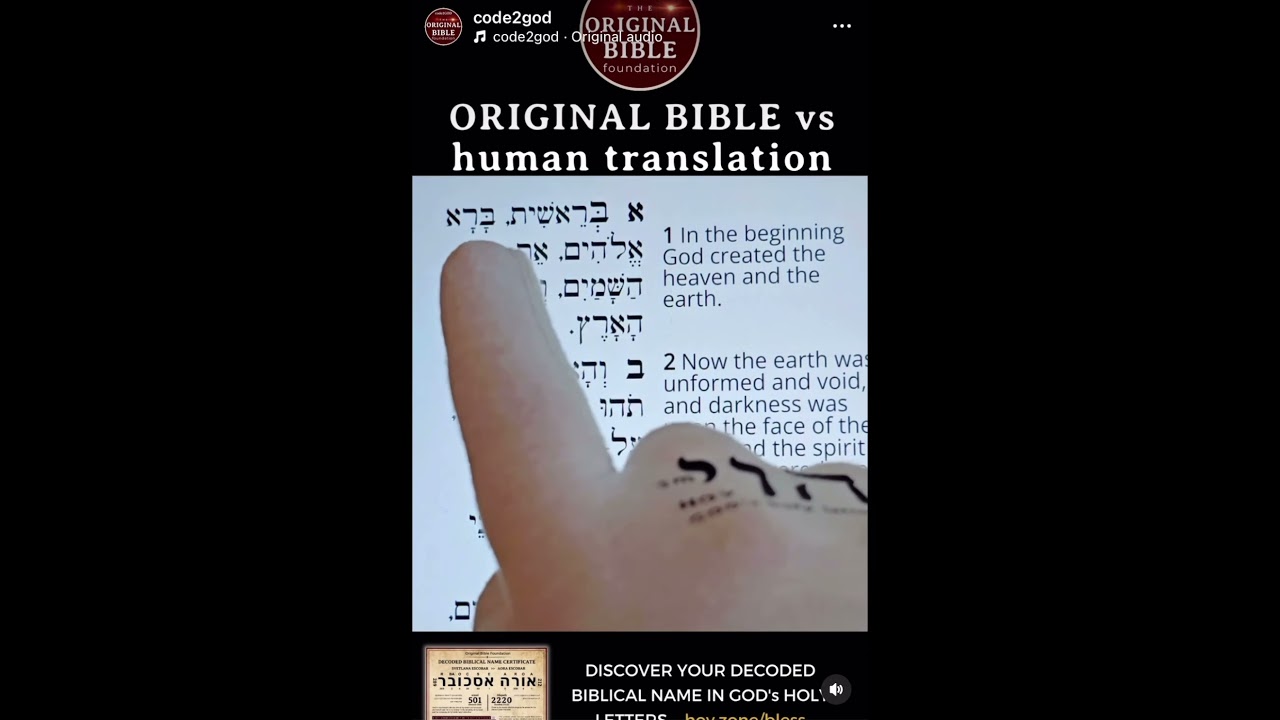Translating Hebrew to English is both an art and a science. It requires deep understanding, cultural awareness, and a good grasp of both languages. Whether you’re diving into a piece of literature or translating a business document, knowing how to effectively translate Hebrew to English can open doors to new opportunities. This article outlines expert insights and practical tips to elevate your translation skills, ensuring you grasp not just the words but their essence as well.

1. Top 7 Strategies to Translate Hebrew to English Effectively
When tackling the task to translate Hebrew to English, certain strategies can significantly bolster your success. Below are seven effective methods that promise accurate and nuanced translations.
1.1 Understand Context and Culture
Cultural elements are integral when you translate Hebrew to English. For instance, the term “שבת” (Shabbat) doesn’t just mean “Sabbath”; it symbolizes a cornerstone of Jewish life. If you leave this out, you miss the heart of the expression. Knowing about the customs and traditions can give you a powerful edge.
1.2 Utilize Advanced Translation Tools
Using translation tools like Google Translate or Reverso can jumpstart your process. Yet, caution is key! Those tools often fumble with idiomatic expressions, resulting in humorously off translations. Think about Zubair from the tech sector. He relied too heavily on Google Translate for his Hebrew conversations but often found himself in awkward situations due to poorly translated jokes.
1.3 Engage Native Speakers or Language Experts
Whenever you can, have a chat with native speakers. Their real-life insights can clarify complex phrases that simple dictionaries can’t touch. Take the word “נשמה” (neshama), meaning “soul” — in casual conversation, it often carries connotations of closeness or affection. Only a native speaker can guide you through this nuance.
1.4 Study Parallel Texts
Reading parallel texts, like dual-language editions of famous works, can sharpen your understanding of translation. For example, examining the Torah in both Hebrew and English can offer context and help you see how different phrases are interpreted. Engaging with classic Hebrew literature not only builds your vocabulary but also deepens your cultural appreciation.
1.5 Focus on Grammar and Syntax Differences
Mastering Hebrew grammar is crucial for a seamless translation experience. No one wants to confuse “בית ספר” (beit sefer) as just “house of books,” when it simply means “school.” Recognizing the differences between Hebrew construct forms and English structure helps you avoid pitfalls that lead to misunderstanding.
1.6 Use Translation Memory Software
Consider translation memory tools like SDL Trados or MemoQ. These applications keep a record of your previous translations. This is especially useful for industries where consistent terminology is essential, such as medical translation. Imagine translating a patient’s medical history; accuracy here can literally be life-saving.
1.7 Enroll in a Translation Course
To truly hone your skills, investing in a translation course could be a game-changer. Renowned institutions, like the University of Texas, offer specialized programs focusing on different languages, including Hebrew. This is your chance to learn the art of nuanced translation from experienced professionals.

2. The Importance of Translating Hebrew to English in Today’s Global Economy
In today’s interconnected world, translating Hebrew to English is more than just handy — it’s vital! The Israeli tech sector, often dubbed “Startup Nation,” attracts investments from all corners of the globe. If you’re part of a company looking for funding or wanting to expand into international markets, understanding project materials in their original Hebrew isn’t just beneficial; it’s essential for success.
Consider this: with the increase in cross-border partnerships, businesses that communicate effectively across languages tend to outperform their competitors. Plus, if you’re pitching to investors, their confidence in your ability to share knowledge can literally swing the deal in your favor.
Just think about investor reports or research papers that might be available only in Hebrew. Not having access to this information deprives you of insights crucial for making informed decisions — a mistake that can cost both time and money.

3. The Impact of Language on Cultural Identity: A Comparative Analysis
3.1 Parallel with Other Languages: Norwegian to English
Now, let’s take a look at how translating from Norwegian to English can mirror the challenges in translating Hebrew to English. While both languages share unique roots, their tonal nuances can lead to misunderstandings. For instance, the Norwegian word “koselig” embodies a sense of coziness and comfort that simply doesn’t exist in English. This is much like how Hebrew can encapsulate rich cultural identities, often lost in translation.
3.2 Somali to English Reminders: The Role of Dialects
Examining Somali to English translations brings another layer to the importance of dialects. The word “cuqdad,” which means “envy” in one area, can take on multiple meanings in different regions. These complexities are similar to those faced when working with Hebrew household terms, highlighting just how crucial it is to understand local context while translating.

4. Tips to Enhance Hebrew to English Translation Skills
4.1 Regular Exposure to Hebrew Media
Immerse yourself in the Hebrew language! Watch movies, listen to Hebrew music, and read books. This engagement will help you grasp the rhythms and idiomatic expressions that translations tend to miss. For example, finding yourself lost in a gripping Israeli film can make you appreciate the cultural nuances like never before.
4.2 Join Online Language Communities
Platforms like Reddit or specialized language forums offer a treasure chest of resources. You can ask questions, share your translations, and learn from others’ experiences. Plus, it’s a fantastic way to find language buddies — remember that practice with a partner can catapult your skills forward.
4.3 Practice with Real-Life Scenarios
Simulating real-world translation tasks can be very beneficial. Why not practice translating menus, advertisements, or news articles? For instance, take a popular Israeli restaurant’s menu and dive into the culinary terms that encapsulate local flavors. Not only do you practice vocabulary but also gain insight into the culture behind the language.

5. Final Thoughts on the Evolving Landscape of Translation
As we step into a more connected future, the art of translating Hebrew to English—and even other languages like Norwegian and Somali—continues to adapt. With the rise of artificial intelligence and machine learning tools, we face both challenges and opportunities. Today’s translators must combine technology with the human touch — that invaluable understanding of cultural nuances.
In this ever-progressing field, mastering the skills outlined in this piece will fortify your ability to communicate effectively. By applying these expert strategies, you not only facilitate clearer communication but also foster deeper connections across diverse cultures. After all, in the grand mosaic of human experience, language remains one of the most profound forms of connection. So, dive in and start your journey to translate Hebrew to English like a pro!
Translate Hebrew to English: Fun Facts and Trivia
The Richness of Language
Did you know that translating Hebrew to English isn’t just about swapping words? It involves understanding cultural nuances and historical context. For instance, Hebrew, one of the oldest languages still in use today, has a dynamic evolution that mirrors the rich tapestry of Jewish history. Fun fact: just as some folks need assistance with their finances, new home buyers can benefit from programs like those offered by first time home buyer Programs ohio, which can help guide them through the buying process. Similarly, getting the right resources can significantly ease your journey to translate Hebrew to English!
Language Connection
Often, the challenge of translation is layered. Hebrew refers to objects and concepts that may not have direct equivalents in English. This is akin to how club orlando offers a unique experience that might be hard to define elsewhere. Each translation requires an interactive relationship with the language, much like the entertaining twists and turns found in love island season 11, where subtle cues can make or break connections. So, grasping both words and feelings in your translations is crucial!
A Historical Lens
It’s interesting that Hebrew has also had a significant influence on other languages, including Yiddish and Ladino, but translating Hebrew to English can sometimes resemble translating complex languages like english To bulgarian or english To cambodian. Each language, with its distinct sounds and syntax, poses its own set of challenges and delights. Plus, as you dive into translation, remember that they often carry echoes of the past, reminding us of figures like Kellye Nakahara or carter hudson who enriched our cultural experiences through storytelling.
Understanding these elements can make your journey to translate Hebrew to English not just a task but an engaging exploration into a vibrant world of language. So, enjoy the process, and don’t hesitate to seek out those expert insights and tips that can make your translations shine!






















